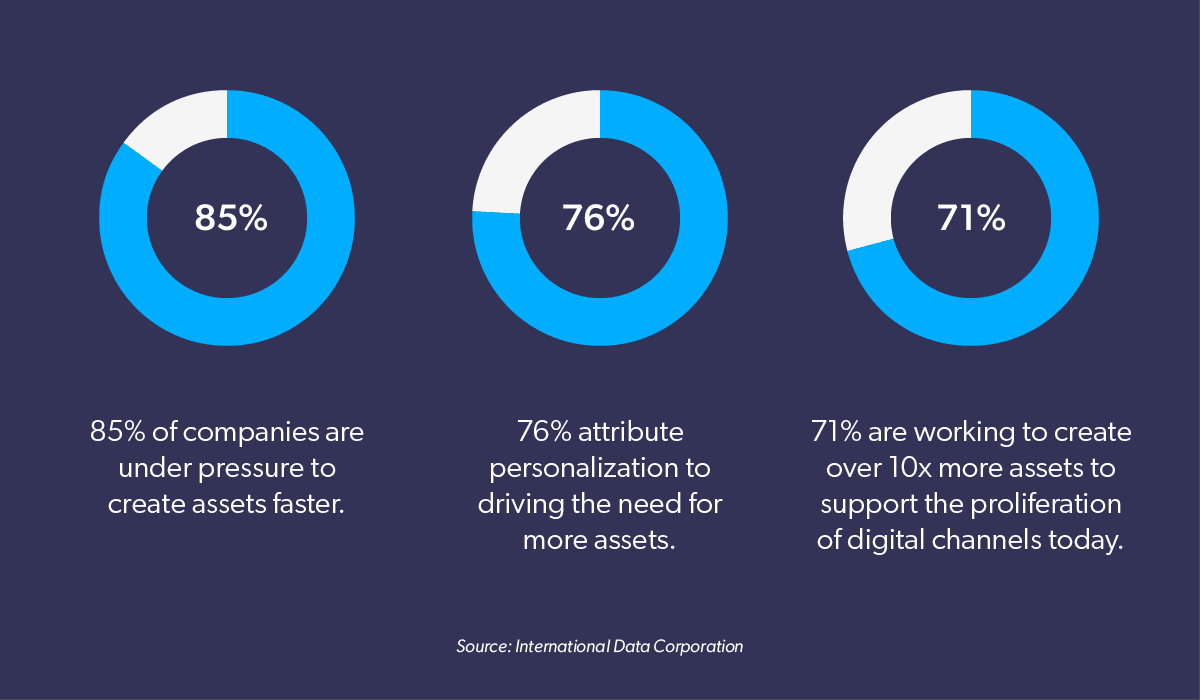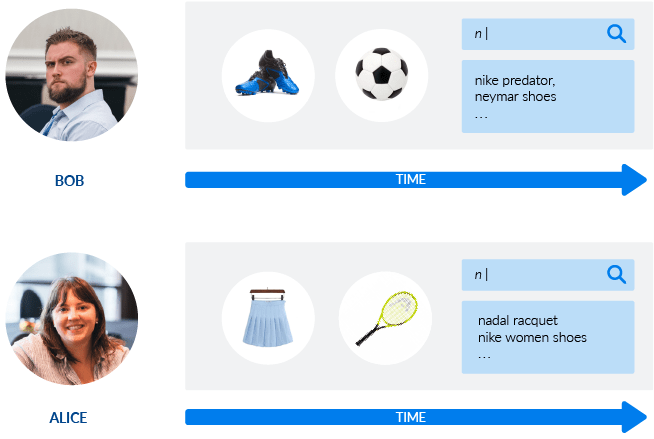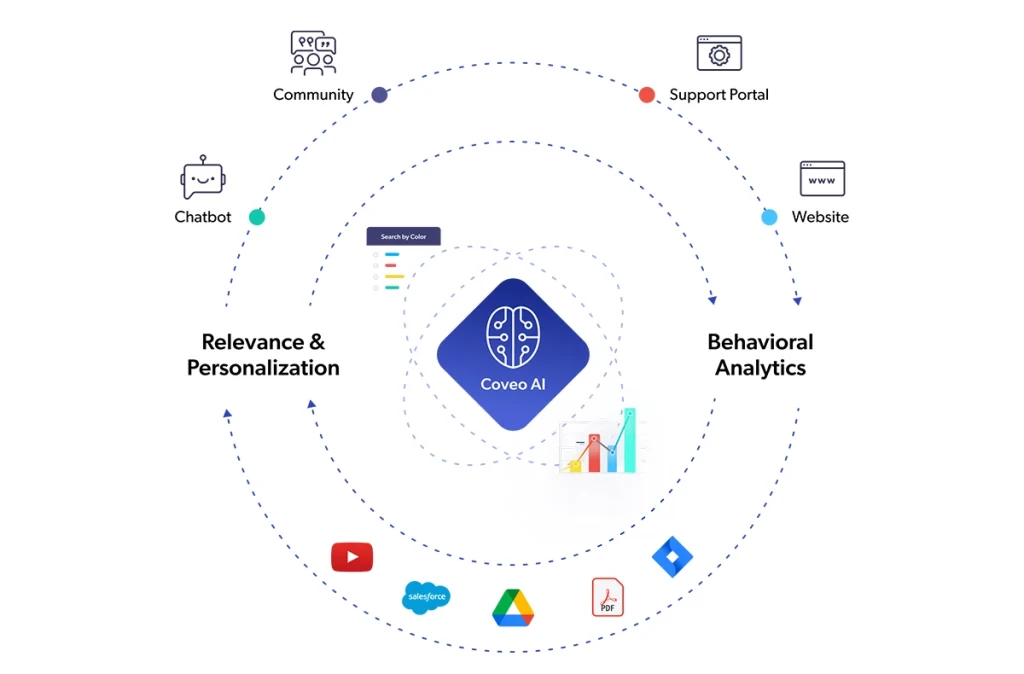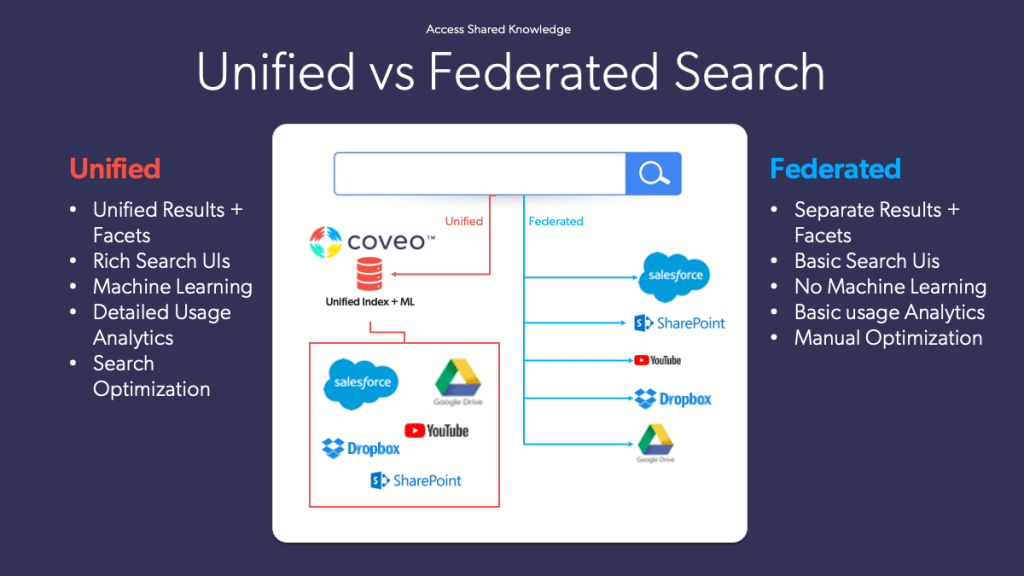If you are in content marketing or editorial, and you feel (endless) mounting pressure to produce more and more content (and do it fast), you’re in good company. Eighty-five percent of companies agree that they feel the same pain.
The web is something of a beast, and it needs to be fed. Not every food will do. It requires a steady diet of quality content aligned to every need of a customer. Product details. Support articles. Expert insights. You name it, and it’s probably part of a healthy content marketing breakfast.
Satisfy that hunger and you wind up with a great digital experience. And that’s where the pressure comes in. Seventy-six percent of companies say that personalization is driving the need for more assets — like, way up, to 10 times more assets for many companies.

So why do we do it to ourselves? Because those great digital experiences matter.
In an always-on world, people are interacting with your brand (and your competitors) right now. That’s true 24 hours a day, seven days a week. And they’re interacting with a goal in mind. If you aren’t there for them, in their moment of need, with the content they’re looking for — poof. All the trust and consumer loyalty disappear.
So ramping up content production makes sense. That’s how “content velocity” began – as a measurement of how much new content we send out over a period of time. Recently, it’s shifted to become a metric for content quality rather than quantity.
But there’s one missing part to this equation: none of your content will have value if customers can’t find it in the first place. And you can’t measure an asset’s impact if you aren’t measuring that asset’s discoverability.
What is Content Velocity?
Content velocity has been making the rounds in digital marketing, content marketing, search, and social media circles for at least 10 years.
In those early days, content velocity simply meant content creation done as quickly as possible. Brands were no longer just brands; they were now publishers, too. New and existing content needed to reach people no matter what device they were using, at every stage of their non-linear customer journey.
The solution was more, more, more. More page views. More website traffic. More was a double-edged sword, though. More content covering more needs used more resources to create.
But recently, the focus has shifted toward better, better, better. After all, velocity, at least in the framework of physics, is not all about speed and time. It also measures direction. And you’ll find that in the inclusion of content velocity as a metric in Adobe Experience Manager.
Rather than measuring the amount of content produced over time, content velocity now describes the impact a piece of content has on a visitor’s journey. As a calculation within Adobe Analytics, it looks like this:

In practice, high content velocity means a piece of content has a big impact on another piece of downstream content.
That said, if you improve content velocity, it doesn’t necessarily follow that you improve content quality. Content velocity doesn’t capture the entirety of a customer’s journey, their context, their search intent, or the “why” behind the next click. It doesn’t account for multiple touchpoints across multiple channels.
Rather than measuring content velocity, there must be a better way to frame what a piece of content’s value really is – an accurate indicator of its true impact.
Is Quality Content Valuable If It’s Not Discoverable?
Don’t get us wrong – content velocity matters. But to consider that kind of value, we need to dive into another term that rose to popularity around the same time: content discoverability. And it’s important to consider for one simple reason: a piece of high quality content won’t have any impact if a customer can’t find it.
Discoverability requires us to think about the quality of our web content along with the path customers take to find it.

Best case scenario, searchers get what they’re looking for, in the first few results, on the first try. Worst case, there are no search results… or the results are irrelevant content that simply doesn’t matter.
To make that best-case scenario a reality – to make sure great content shows up at the right time along that journey – content velocity alone just isn’t going to cut it. Rather, you’d need a digital experience that considers factors like:
What is the User’s Context?
The individual search intent, habits, and preferences of one user are different from those of the next. While the search terms they use may be similar, they’re looking for vastly different things. Content creators need to parse out what’s going on behind the clicks quickly.

Your marketing campaign or content strategy likely revolves around a specific target audience. That kind of content strategy requires data. Profile information, on-site visitor behaviors, previous interactions and even data aggregated from other users with similar patterns are key to delivering a truly personalized digital experience that makes people feel special.
What is the User’s Channel?
Visitor journeys no longer happen in just one place — that’s the idea behind an omnichannel strategy. Your visitors see your brand as a single entity. They expect the same experience whether they’re interacting with social media, your mobile app, your digital marketing, a customer service rep, or a piece of website content. And they care more about the relevancy of the content they receive than they do about the box it comes in.

Look no further than the number of customers reaching out to businesses for service or support on X, formerly known as Twitter. According to SproutSocial, 57% of consumers who reach out on X expect to hear back from a company within 12 hours. They’ll tag a business in a tweet, respond to a company’s tweets, or send a direct message (DM).
No one does social media support better than Chewy, an online pet food and supply delivery company. Twitter is just one of the many ways they go the extra mile when a customer has an issue, as this example demonstrates:
Kora is once again having stomach issues so I needed to quickly order some of her prescription wet food because she will obv eat that quicker. Made a mistake, called @Chewy and they handled everything in two minutes. So appreciative of their customer service and fast shipping 🤍
— Kate (@kayteekay1221) February 15, 2023
And it’s not just your own channels they’re measuring you against. It’s your competitors, too. In the U.S., 61% of shoppers start an online search at Amazon. Globally, 36% of shoppers start their product search on a regional online marketplace. Even if they initially find you on a third-party marketplace, shoppers still expect the same kinds of experiences when they approach your brand. That is, they expect you to remember them.
So, if you want a customer to convert on your site, you need a content strategy that surfaces what’s relevant consistently. Their experience, regardless of touchpoint, should be the same. That means stitching together what you know about them, their personal context, and their journey… in real-time, right where they’re interacting with you.
If you want to do all of this on a personal level and at scale, your content marketing efforts will need a little technological help.
Relevant Search Is Discovery-Oriented Search
Content management systems (CMS) like Adobe Experience Manager provide a robust set of tools for content creation. But will all the content your visitors need reside solely in a content hub like your CMS? Think about knowledge articles your support team generates to resolve customer issues, visitor-created threads living in your customer community, courses on your learning platform, and so much more.
You need a way to bring those disparate content sources together into a unified customer journey. And what’s one of the main throughlines for digital experiences?
A unified index that powers site search, which is a great entry point for a total experience.

Federated Search vs Unified Search
In the early days of search, visitors discovered content assets by signing into a bunch of different sources and searching each one independently. It took time and effort to remember where to search. Then you’d have to recall your credentials. Lather, rinse, and repeat across each platform until you (finally) find what you need.
We call that traditional or siloed search. Search results relied primarily on factors like metadata, keyword relevancy, and internal and external links. It’s now considered outdated, ousted by the next iteration of search smarts: federated search.
Federated search connects to and individually indexes those disparate systems so visitors don’t need to rifle through them one by one. Instead, you get a single point of entry and the search engine, using artificial intelligence (AI) and machine learning (ML), does the digging through each silo in the background. Once it’s done, you get one combined set of results.

But to make content velocity and discovery truly accurate and relevant for each individual visitor – and to do it at the speed they demand – we need to look beyond federated search.
Unified search carries forward that single point of entry for searchers. But rather than indexing each source separately, it creates a single, unified index of content from across all repositories-including the option to crawl or push content stored in the cloud or on-prem via connector library or APIs.
Within that unified index, it can meaningfully rank each source to deliver one-to-one personalized results.
How AI Fuels Content Discoverability
Scalability matters if you’re going to surface relevant results to every single visitor as quickly as possible, pulling from every source, and delivering them consistently across every channel. For it to work, you need automation. Manually ranking and tweaking every piece and every source of digital content just isn’t going to happen when the demand for relevant content is continually rising and your content creation must rise with it.
AI isn’t just a good idea here. It’s an essential element in providing the kind of experience that customers expect.
It’s the enabler that ties the insights you gather about your visitors, their intent, and their journeys together with omnichannel experiences and the content in your organization. (The good news: with off-the-shelf AI options becoming more widely available and increasingly popular, you don’t need to worry about tackling it alone or reinventing the wheel!)
The benefits of AI-powered search and automation tools stretch far beyond content velocity and discoverability.
To name a few:
- Identify content gaps where visitors get no results or don’t appear to find value in what’s already out there
- Provide relevance to first-time visitors based on the journeys, searches, and results of others who share the same profile information and behaviors
- Highlight ongoing trends where demand is the highest based on increased traffic to specific pages or an influx of visitors searching for a new term
- Prevent bounces or calls to customer service by delivering only the most relevant results and cutting out the noise
- Free up internal resources that are otherwise held back by disparate data sources or rifling through content silos
There’s More to Content than Velocity
Personalization matters. Customers are used to it through other experiences they have online. And they’ve come to expect it across every digital touchpoint. In a 2023 Salesforce survey, 65% of global consumers say they’ll remain loyal to companies that provide more personalized experiences. In fact, 60% expect brands to use their personal data to provide more relevant services.
The more personalization you offer, the higher conversion rates climb – 1.7% for two pageviews with personalized elements grows to 3.4% when there are three pageviews with personalized content.
Personalization may be a driver of more content, but it’s with a good reason. That content beast is only hungry for more because your customers are hungry, too. And the solution isn’t to simply feed it more, but rather help people find the stuff that matters most via site search.
Effective search not only helps you gain a competitive advantage, but it also enables open access to all your content assets, increases brand awareness, and improves the customer journey.
Dig Deeper
Learn how AI and Adobe Experience Cloud pair to deliver best-in-class digital experiences for all audiences.
Looking for tips and tweaks for conversion-creating site search in Adobe Experience Manager? Check out our ebook, Top Tips to Boost Conversions with Personalized Site Search in Adobe Experience Manager.


